Tactical UAS:
Three-Tiered UAS Manning for Increased Lethality and Situational Awareness
By CPT Charles J. O'hagan, 1LT Parker Mitchell, 1LT Noah Paffenroth, 1LT Adam Hendrick
Article published on: October 18, in the Winter 2024-2025 Issue of the infantry journal
Read Time: < 15 mins
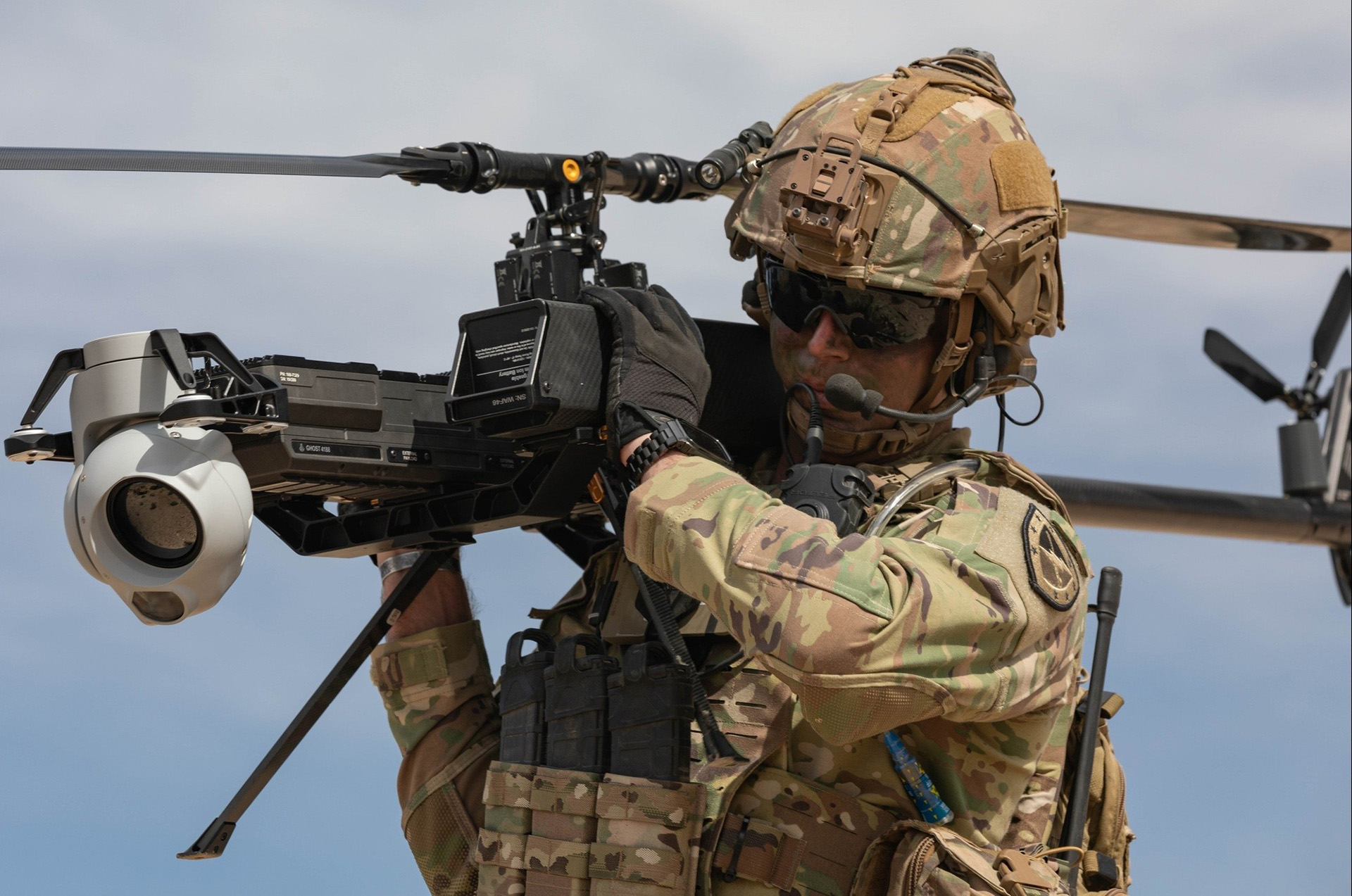
Figure 5 — Ghost-X (12 kilometers recommended) (Photo by SGT Charile Duke)
The world has watched as unmanned aerial vehicles became as ubiquitous a weapon of war in Ukraine as the improvised explosive device (IED) turned out to be during Operation Iraqi Freedom. A relatively low-cost, remote-piloted vehicle is capable of removing multimillion-dollar tanks from the battlefield. As the U.S. armed forces observe the success of unmanned aerial systems (UAS) tactics, techniques, and procedures (TTPs) in Ukraine, we must consider how to equip and operate drones at the tactical level within our own formations. To maintain its strategic edge and adapt to the rapidly changing landscape of warfare, the U.S. Army must effectively man and operate drones at this level.
Inspired by the recent experiences of Ukrainian forces and lessons learned from Joint Readiness Training Center (JRTC) Rotation 24-10, this article recommends a three-tiered approach to manning UAS operators, encompassing additional duty, designated position, and military occupation specialty (MOS)-specific roles. This approach will ensure that the vast, and still growing, variety of UAS — ranging from small, simple systems to larger, more complex platforms — is considered. Drones at this echelon are currently broken down by aircraft weight, range, and endurance (see Table 1). However, with improvements in battery technology, endurance will soon be a metric of the past, and range will prove to be the differentiating factor between small UAS (sUAS).
Additional Duty Concept
Soldiers should employ relatively simple and short-range UAS as an additional duty. A rifleman in an infantry squad could operate smaller, easy-to-use drones for reconnaissance or target acquisition tasks. For example, Ukrainian forces have effectively used smaller, hand-launched drones, such as the DJI Mavic or Phantom series, for tactical reconnaissance and target acquisition missions. These drones require very little instruction and do not necessitate extensive training. During JRTC 24-10, Soldiers from the 2nd Mobile Brigade Combat Team (MBCT), 101st Airborne Division (Air Assault) employed similar platforms to observe targets 2-5 kilometers away in minutes. These smaller systems are not cumbersome during prolonged movements; however, they have limited range and flight duration. This limits them to target refinement based on cues from larger UAS platforms, electronic signature detection, or audio-visual contact. Soldiers would utilize these platforms for short-duration flights while primarily acting as riflemen who may need to engage rapidly in a fight. These platforms enhance team maneuverability since they do not require a significant power draw; they can charge with portable battery packs from hide sites and be deployed by mobile teams in heavily restricted areas. Portability and mobility are crucial in densely vegetated areas, where the signal range will degrade severely, and in contested areas, where launching and landing pose the greatest chance of compromise.
Figure 5 — Ghost-X (12 kilometers recommended) (Photo by SGT Charile Duke)
| Aircraft Weight | Range | Endurance |
| Short-Range Reconnaissance | 3-5 pounds | 3 kilometers | 30 minutes |
| Medium-Range Reconnaissance | < 20 pounds | 10+ kilometers | 1.5 hours |
| Long-Range Reconnaissance | < 55 pounds | 30-60 kilometers | 5-8 hours |
On day one of the 24-10 rotation, these capabilities immediately impacted the battlefield. Using a Skydio drone, a small element in front of the forward line of own troops (FLOT) identified three enemy artillery pieces. The brigade called for fire and destroyed all three, along with another enemy vehicle and multiple dismounted personnel. This marked the first of many fire missions using small UAS to identify and observe effects. However, to maintain observation, the Soldier whose additional duty involved drone operations had to fly one drone after another. This example highlights that while this Soldier’s primary duty is serving as a rifleman, the tactical situation can create an environment where drone operations frequently supplant that primary duty. Ideally, this Soldier would have identified the targets and cued another platform during a deliberate handoff to a more robust reconnaissance platform, which would be manned by personnel whose primary duty is their operation. This situation highlights the need for a dedicated UAS operator position who can work in a multi-layered and coordinated approach with other UAS operators at lower and higher echelons.

Figure 2 — Skydio X2D (2.5-3 kilometers recommended)
Primary Duty Concept
Creating designated UAS operator positions within units would ensure operators with specialized training can manage larger, more complex drone platforms. Ukrainian forces have utilized medium-range drones, such as the R18 octocopter, for more extended reconnaissance and surveillance missions, requiring operators with specific skill sets and dedication. These operators are crucial in conducting longer duration missions, often in contested environments. Another example is the first-person view (FPV) drone, which requires extensive practice and training to operate proficiently. While any Soldier can fulfill this role, the time necessary for proficiency justifies the need for a dedicated position rather than simply an additional duty. During this JRTC rotation, the robotics and autonomous systems (RAS) platoon assigned specific platforms to personnel. Two-person teams managed the maintenance and operation of the PDW C-100, a medium-range reconnaissance (MRR) UAS capable of carrying up to a 10-pound payload. This assignment emerged from the greater complexity, power demands, and practice required for accurate munitions delivery. Although the RAS platoon comprises 15Ws (UAS operators) and 15Es (UAS repairers), the personnel assignment to platforms was MOS agnostic, with operating that platform becoming their primary duty. Just as the platoon radio-telephone operator (RTO) must detach from the fight to facilitate crucial communications with higher command, MRR operators must focus on observation and medium-duration surveillance. During call-for-fire missions, maintaining constant visual contact with targets helps deliver accurate effects and can prevent overkill. This was evident during JRTC 24-10 when the RAS platoon attached to 2/101’s Attack Company, 2nd Battalion, 502nd Infantry Regiment. The PDW C-100 maintained visual contact with enemy forces during the brigade defense on 19-20 August.
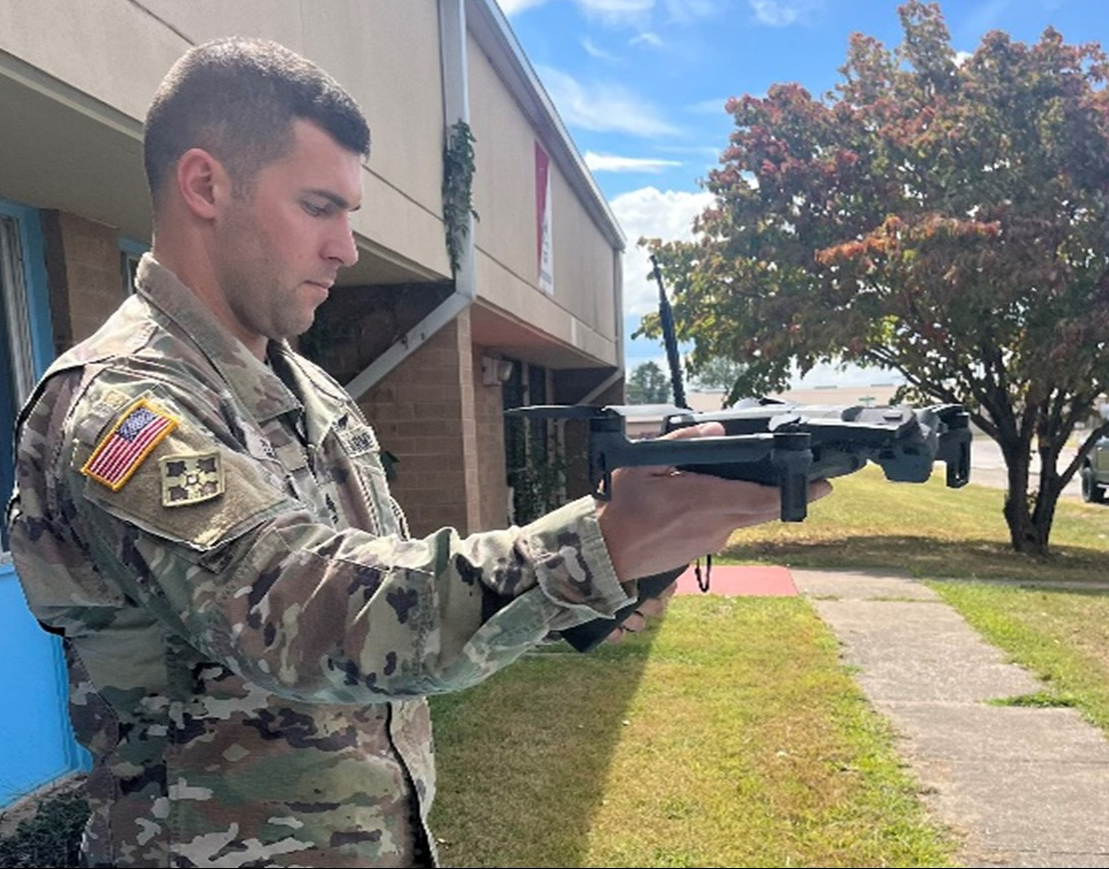
Figure 3 — Parrot Anafi MIL (2.5-3 kilometers recommended)
Consequently, the operators became the primary observers for all fire missions. They directed the prosecution of fires far beyond the FLOT, alleviating the difficulty of placing an observation post (OP) that can observe fires and remain outside risk estimate distances (REDs). The MRR operator must focus on providing a real-time picture of the battlefield to higher command. These drones have a more significant signal output, louder takeoffs and landings, and require a higher power draw, making it difficult to operate in contested areas. The demanding tasks on the operator tie this platform to the company command post (CP), where we are farther from the front, have electronic warfare (EW) assets, a semi-defensible position, and vehicles for power supply and rapid relocation.
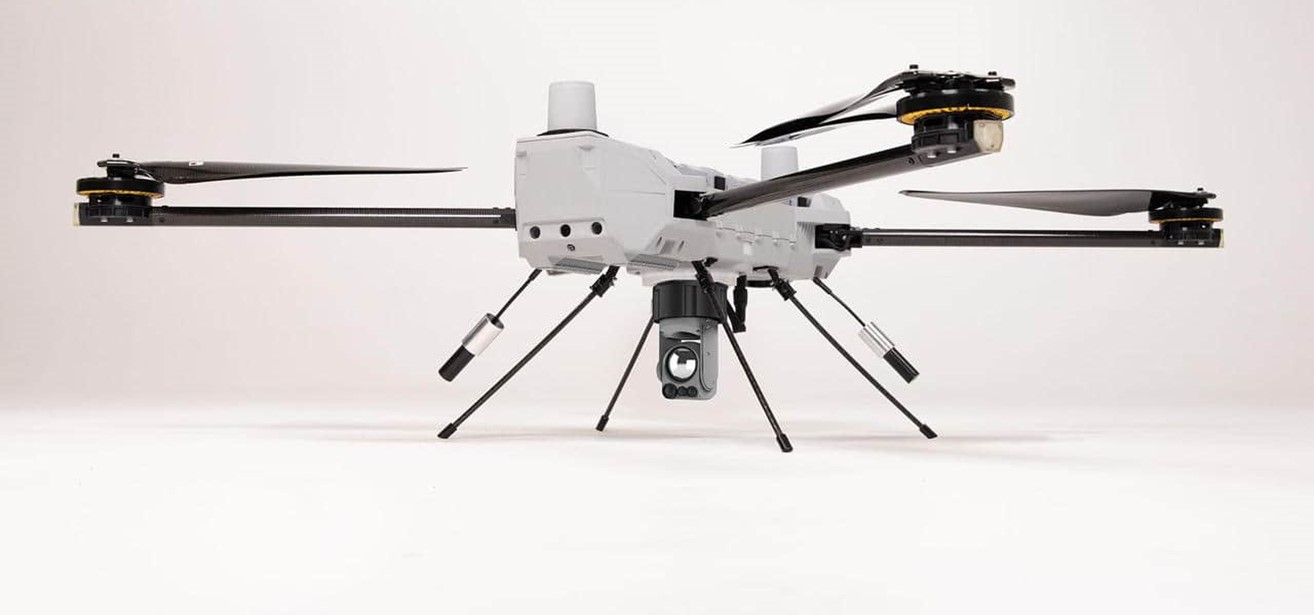
Figure 4 — PDW C-100 (10 kilometers recommended) (Photo courtesy of PDW)
Career Progression for Primary UAS Operators
A counterargument to creating designated UAS operator positions within units is the possible negative career impact for 11B Soldiers. For example, making an 11B20 a dedicated UAS operator could potentially put the Soldier behind the power curve of peers acting as team leaders, who are maneuvering teams to close with and destroy the enemy. However, we could argue that the individuals selected to serve in UAS operator roles will learn far more about maneuvering and tactical decision-making in the assigned UAS position. Considering that a UAS operator would be co-located with the platoon or company CP, those Soldiers will gain a better understanding of what is happening across the battlefield and how leaders maneuver squads or platoons in the close fight. The specified role for a UAS operator primarily addresses Soldiers who would be operating an MRR. However, the same holds true for Soldiers who are designated as FPV operators. Soldiers who effectively employ an FPV will understand the breadth of their company/ platoon fight and will be utilized as a combat multiplier. Those with a primary duty of operating an FPV with multiple payloads have the potential to be more lethal and precise than a company’s 60mm mortar section. Their primary duties would be akin to those of an RTO position. In the same regard as how Soldiers tasked as a platoon RTO are separated from the rest of the formation to focus on the radio equipment, drone operators will have their UAS as their focus during the fight. UAS, and specifically FPVs, are here to stay when it comes to modern combat; therefore, our formations need to adapt to this evolving battlefield without adding MOS-specific roles at the company and platoon level
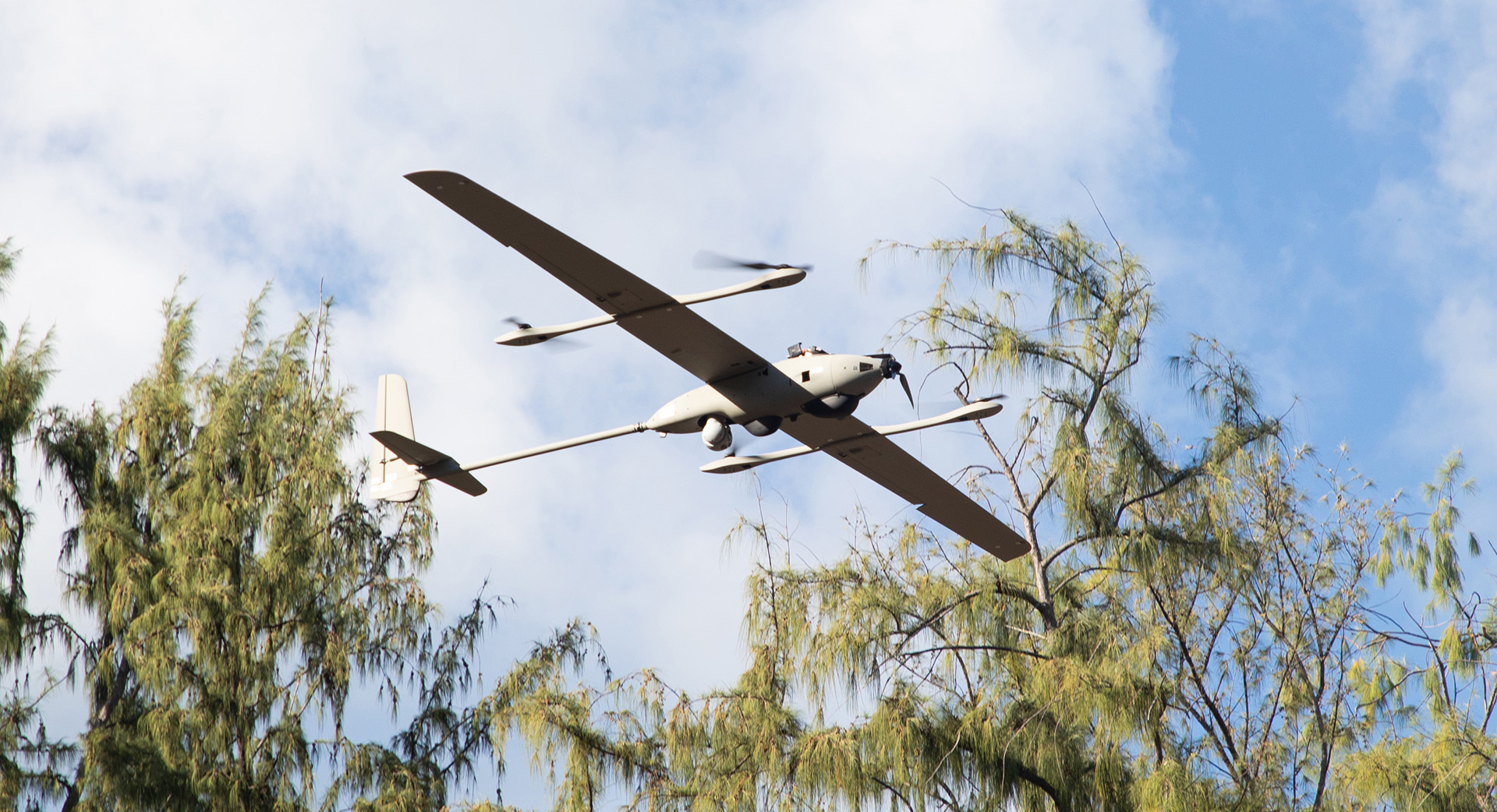
Figure 6 — Stalker VXE30 (160 kilometers recommended) (Photo by Sgt Jacqueline C. Parsons, USMC)
New UAS Operator MOS Concept
The Army should also consider creating a new MOS for UAS operators, specifically for specialized drone platforms. These MOS-qualified operators would possess unique skills including advanced sensor management, organization-specific TTPs, and specialized payload optimization. Operators controlling sophisticated systems, such as the Bayraktar TB2 used by Ukrainian forces for significant reconnaissance and precision strike missions, require extensive training and specialized skills. By having MOS-designated drone operators, Soldiers would arrive with considerable expertise. These individuals can join battalions, fill modified table of organization and equipment (MTOE) positions, and integrate seamlessly with long-range reconnaissance (LRR) systems aligned to battalions. They would serve as brigade/battalion-level assets. This designation grants them protection, enabling them to focus on flight operations while remaining farther removed from the frontlines. Long-range drones provide top-down, real-time intel that can cue smaller platforms on pertinent areas to direct their drone assets, preserving their limited power resources and limiting exposure time. During JRTC 24-10, we did not utilize any LRR platforms, resulting in an overreliance on division assets such as the Gray Eagle. LRR UAS will enable battalions to shape their close fight while the brigade can shape the next ridgeline. Battalions can find, fix, and finish at their level without relying on brigade or echelon above brigade assets. The brigade will then be able to find, fix, and finish the brigade high-payoff target list (HPTL) with the multi-functional reconnaissance company, setting conditions for future operations. This additional platform enhances information flow and situational awareness on the battlefield, both top down and bottom up. Due to their large frames, heavy power draw, and logistical requirements, the lowest level at which they can be effectively employed is from a battalion CP.
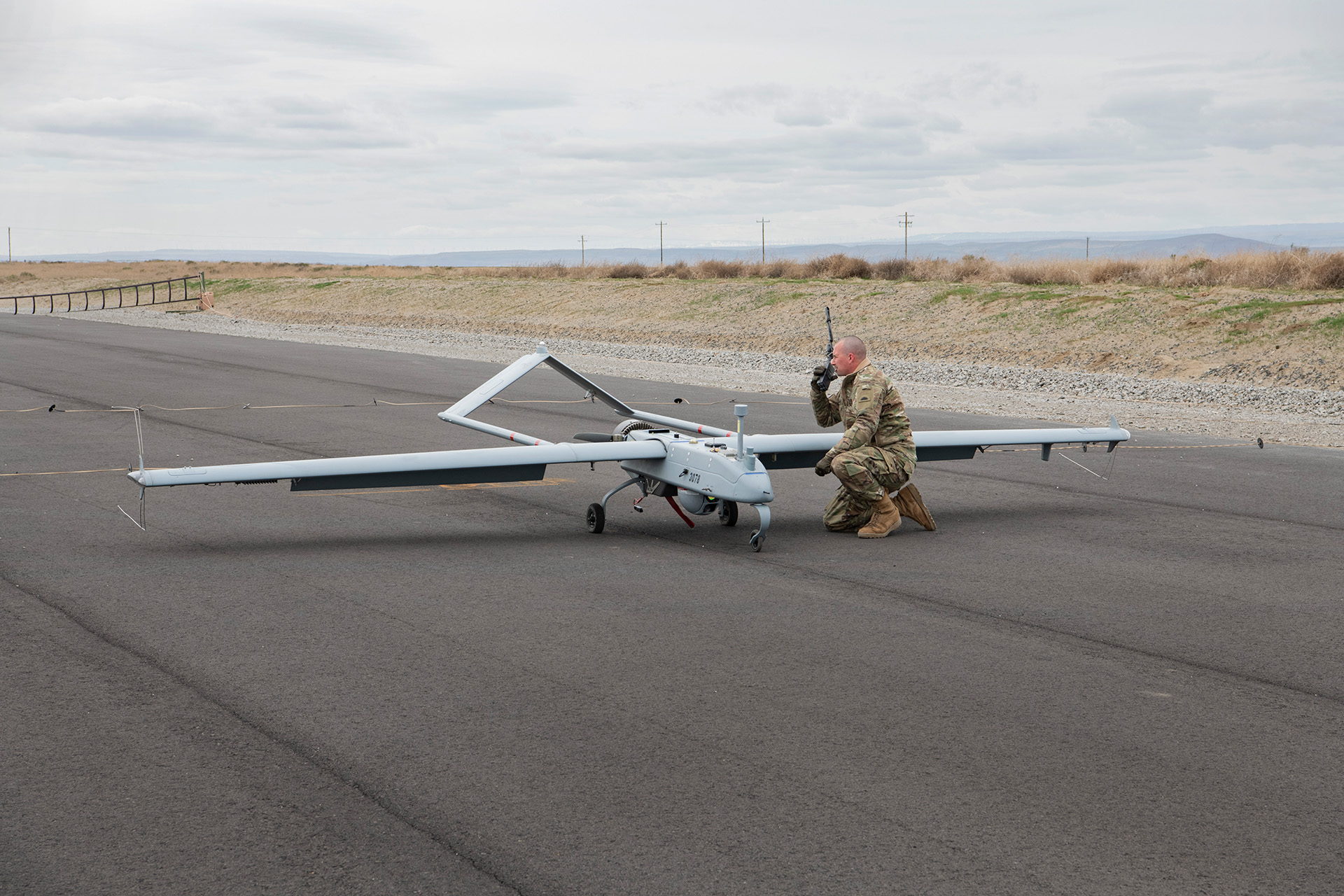
Figure 7 — Shadow (125 kilometers recommended) (Photo by John Hughel)
Human-Machine UAS Integration
It is essential to discuss the differences between short-range reconnaissance (SRR), MRR, and LRR; the handover lines between each platform at the echelon; the training required for each; and the focus that should be spent on additional, primary, and MOS duties; however, the primary emphasis should remain on decreasing human involvement in UAS operations. UAS technology and human-machine integration advancements present an opportunity to reduce the burden on UAS operators. Autonomous technologies like artificial intelligence and machine learning can improve mission efficiency and decrease operator workload. The current platforms lack the software to minimize human involvement and require more personnel and an increased cognitive load. We should continue to invest time, effort, and money in acquiring platforms and, more importantly, operating systems that allow for the control and integration of multiple systems. A UAS must autonomously identify HPTLs, present options for kinetic actions, and execute — all through a standard operating system. Ideally, this UAS should communicate with other sensors. A UAS that communicates with visually based ground and electronic warfare sensors will sense and present various kinetic options for action to a commander and work off standard software, achieving human-machine integration. By maintaining situational awareness and decision-making skills among operators, the Army can leverage advanced automation capabilities for operational success while fostering human-machine teaming and promoting force multiplication.
Center of Excellence to Unify Efforts
An Army center of excellence must be designated to codify this tiered approach, ensure lessons are learned, and dedicate resources to understand the human-machine integration of the future. Currently, tactical UAS employment, TTPs, and doctrine are not directly owned by a center of excellence. Every warfighting function has a center of excellence that shapes what the future of that function will be and codifies it in doctrine. 2/101 MBCT’s current recommendation is that either the U.S. Army Maneuver Center of Excellence or the Aviation Center of Excellence take control of this critical and emerging capability.
As seen during JRTC 24-10, tactical UAS facilitate maneuver and fires more than any other warfighting functions. Tactical UAS can reduce risk to the force and mission for maneuvering units by allowing for greater standoff while increasing situational awareness and enabling more effective C2 for leaders. A commander could see when a maneuvering element was about to hit a phase line, call up a shift fire, receive confirmation, and continue advancing his force far quicker than more traditional confirmation methods. Likewise, tactical UAS allow forward observers to maintain observation on targets from a greater distance and increase the breadth of what they can sense/hunt. Additionally, UAS provide additional avenues with which to prosecute fires targets, either through dropped munitions or one-way attack drones. However, keeping UAS with the Aviation Center of Excellence provides benefits. Historically, Aviation has had ownership of legacy sUAS platforms, institutional knowledge of airspace management, and tactical employment of manned aviation assets. During JRTC 24-10, the brigade aviation officer played a crucial role in setting conditions for maneuver forces to fly sUAS during complex air assault operations. This permitted effective airspace management allowing 2/101 MBCT to synchronize fires, maneuver, and aviation assets. Given the fundamental difficulty of managing an ubiquitous sUAS presence while safely conducting air assault operations, it would be prudent for both centers of excellence to be stakeholders in future implementation. Ultimately, tactical UAS are now a part of warfare, and to keep pace with the dynamic nature of warfare, a center of excellence needs to be established to oversee this revolution.
Conclusion
In conclusion, inspired by the Ukrainian experience, adopting a three-tiered approach to manning UAS operators within the U.S. Army, based on drone complexity and operational requirements, will optimize the utilization of these versatile assets. This approach involves integrating drone operations into additional duties, establishing designated UAS operator positions, and creating a new MOS for specialized drone platforms. The next step in this revolution of military affairs is leveraging advancements in human-machine integration, and autonomous technologies will reduce the burden on UAS operators and foster effective human-machine teaming. Additionally, there must be a center of excellence that is designated to unify these efforts and spread lessons learned across the force. By implementing these recommendations, the U.S. Army can effectively adapt to the ever-changing landscape of modern warfare and maintain its strategic edge.
Author
CPT Charles J. O’Hagan currently serves as the commander of the Army’s first Multi-Functional Reconnaissance Company (MFRC) in the 2nd Mobile Brigade Combat Team (MBCT), 101st Airborne Division (Air Assault), Fort Campbell, KY. He commissioned from the United States Military Academy in 2017 as an Infantry officer with assignments to the 82nd Airborne Division and the 1st Battalion, 75th Ranger Regiment prior to arriving at Fort Campbell.
1LT Parker Mitchell currently serves as the robotics and autonomous systems platoon leader in the MFRC, working to integrate a variety of ground and air assets. He commissioned as an Infantry officer in 2021 from the University of California, Berkeley
1LT Noah Paffenroth currently serves as a hunter killer platoon leader in the MFRC. He commissioned as an Infantry officer in 2021 from Florida Atlantic University
1LT Adam Hendrick currently serves as a hunter killer platoon leader in the MFRC. He commissioned as an Armor officer in 2022 from the University of Connecticut